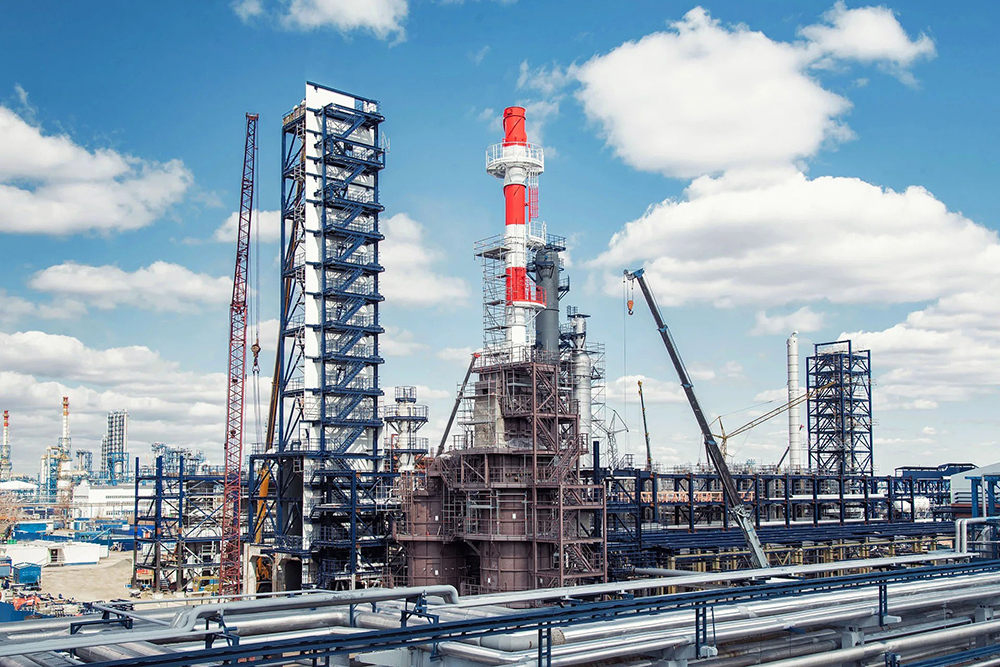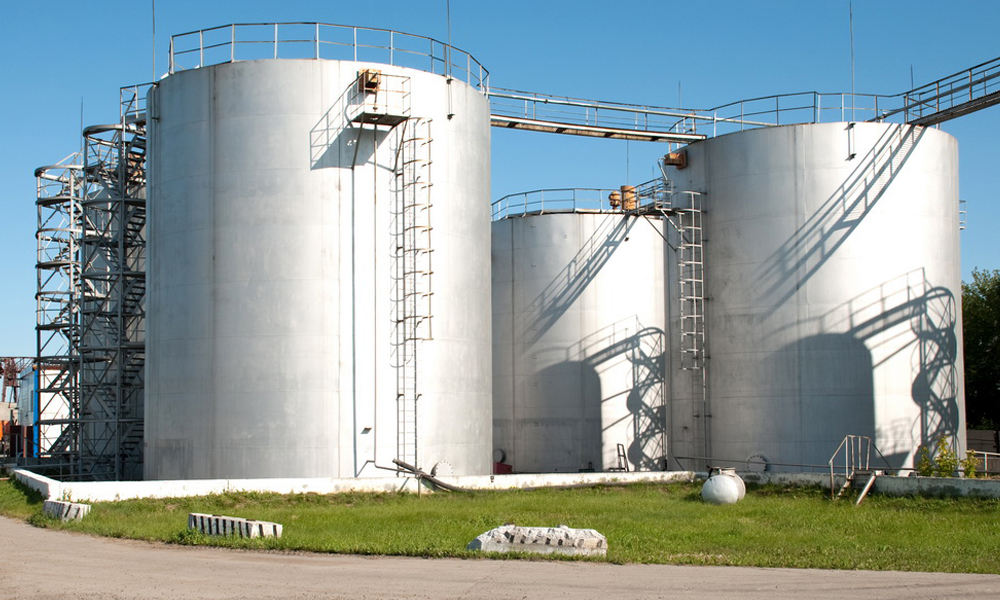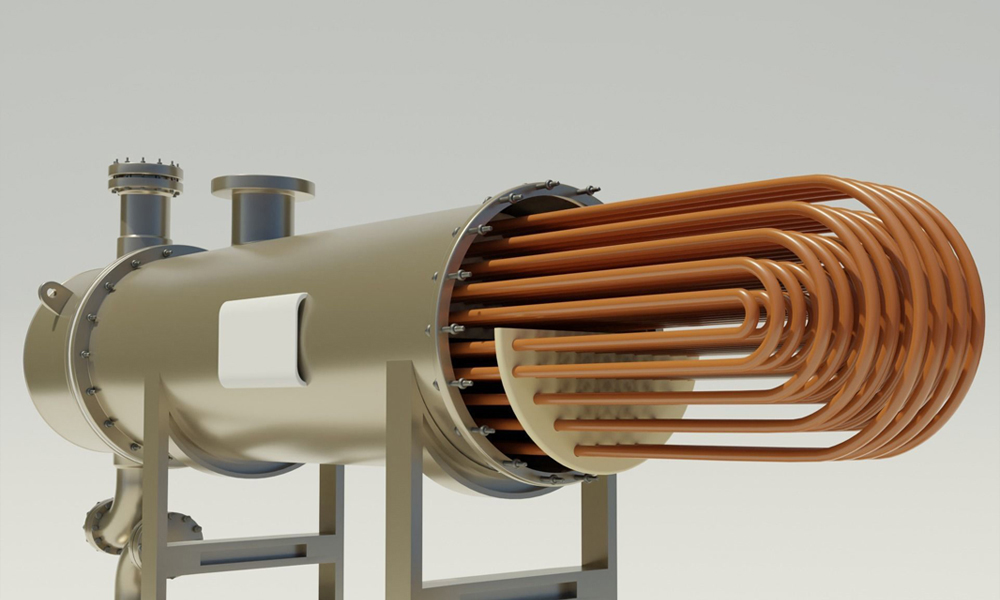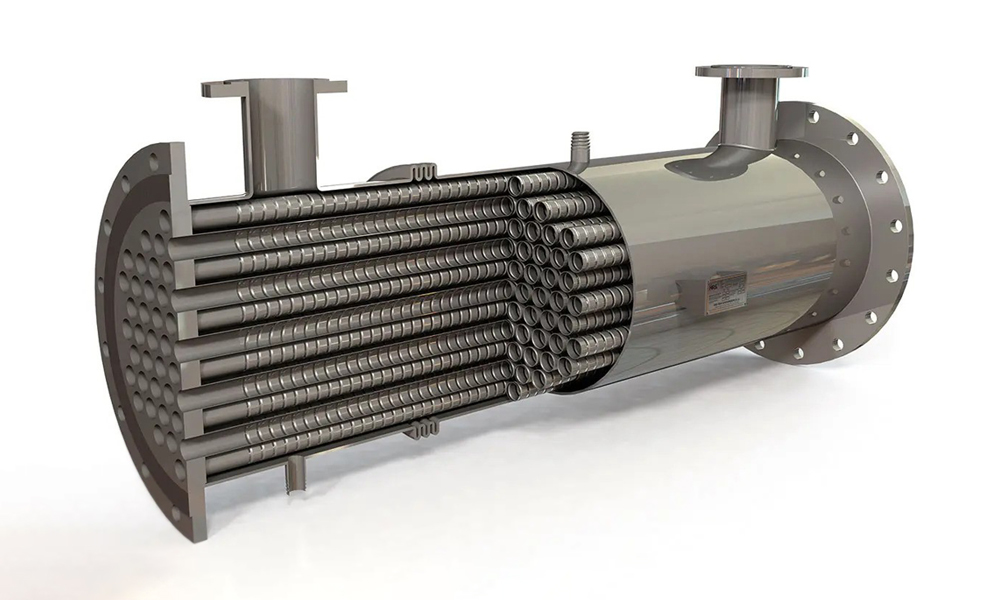Industrial furnaces are among the essential and widely used equipment in heavy industries such as oil, gas, petrochemicals, steel, and chemicals. These systems are employed in processes such as smelting, preheating, heat treatment, and chemical reactions, playing a crucial role in both the quality of the final product and the overall efficiency of the process. However, the high energy consumption of industrial furnaces has long been a major concern in various industries, as a significant portion of production costs is devoted to the thermal energy required by these units.
Optimizing energy consumption in industrial furnaces not only reduces operational costs and enhances process efficiency, but also significantly helps reduce environmental pollutants and control greenhouse gas emissions. Given the increasing demand for energy and the limitations of fossil resources, the shift toward low-consumption thermal systems has become an unavoidable necessity for industries.
This article provides a comprehensive analysis of both technical and managerial strategies for optimizing energy use in refinery furnaces. From introducing various types of furnaces and their energy-consuming characteristics to modern technologies and heat recovery systems, it aims to offer practical solutions to increase efficiency and reduce energy losses.
Importance of Energy Optimization in Industrial Furnaces
Industrial furnaces typically rely on energy sources such as natural gas, electricity, or liquid fuels to generate heat. Depending on their application and design, their energy consumption can be substantial. In many industries, furnaces account for more than 50% of total energy use. This level of consumption is not only economically challenging but also has significant environmental impacts, including the emission of CO₂, nitrogen oxides, and other pollutants.
In recent years, rising energy prices, reduced energy subsidies, and stricter environmental regulations have made thermal efficiency more critical than ever. Even a 1% improvement in furnace thermal performance can lead to substantial annual fuel cost savings.
Moreover, improving furnace energy performance leads to longer equipment life, lower maintenance costs, better product quality, and enhanced competitiveness in global markets. Thus, thoroughly understanding energy loss sources and applying engineering solutions in the design, operation, and maintenance of furnaces is a strategic necessity for any industrial unit.
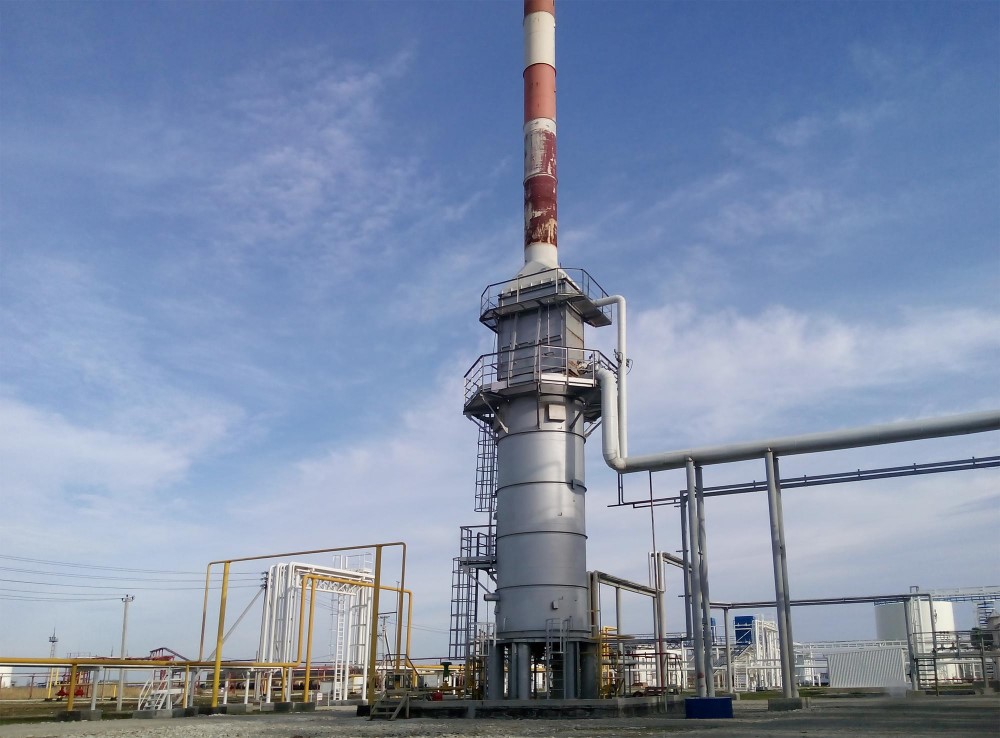
Types of Industrial Furnaces and Their Energy Characteristics
Industrial furnaces vary depending on fuel type, heat generation mechanism, and application. Each has unique energy consumption and thermal efficiency traits. Below are some common types:
Electric Arc Furnaces (EAF)
Widely used in the steel industry for melting scrap metal. These furnaces generate extreme heat via arcs between electrodes, and can melt several tons of steel per cycle. Their energy consumption is high—around 600–700 kWh per ton depending on design, feedstock, and process control. Optimization focuses on reducing heat loss, improving material charging, and fine-tuning electrical parameters.
Induction Furnaces
Use alternating magnetic fields to induce eddy currents that generate heat. These offer better efficiency (~70–75%) and precise temperature control, but their energy use is still significant. Efficiency depends on coil design, crucible material, insulation quality, and maintenance. High-efficiency coils and low-conductivity refractory materials can help reduce energy use.
Rotary Kilns
Used in cement, lime, aluminum, and zinc production. These rotating cylindrical furnaces heat solids to trigger physical or chemical reactions. Their thermal efficiency is relatively low (12–15%) due to substantial heat loss from the body and exhaust gases. Efficient burner design, heat recovery systems, and better insulation can improve performance.
Flame and Resistance Furnaces
Flame furnaces use direct fossil fuel combustion, while resistance furnaces use electric heating elements. They are used for processes needing precise temperature control, like heat treating metals. Efficiency depends on burner or element quality, combustion chamber design, fuel type, and insulation condition.
Read more: Introduction to Refinery Furnaces
Modern Methods for Optimizing Furnace Energy Use
Energy optimization in industrial furnaces requires a combination of technical, managerial, and technological efforts. Key methods include:
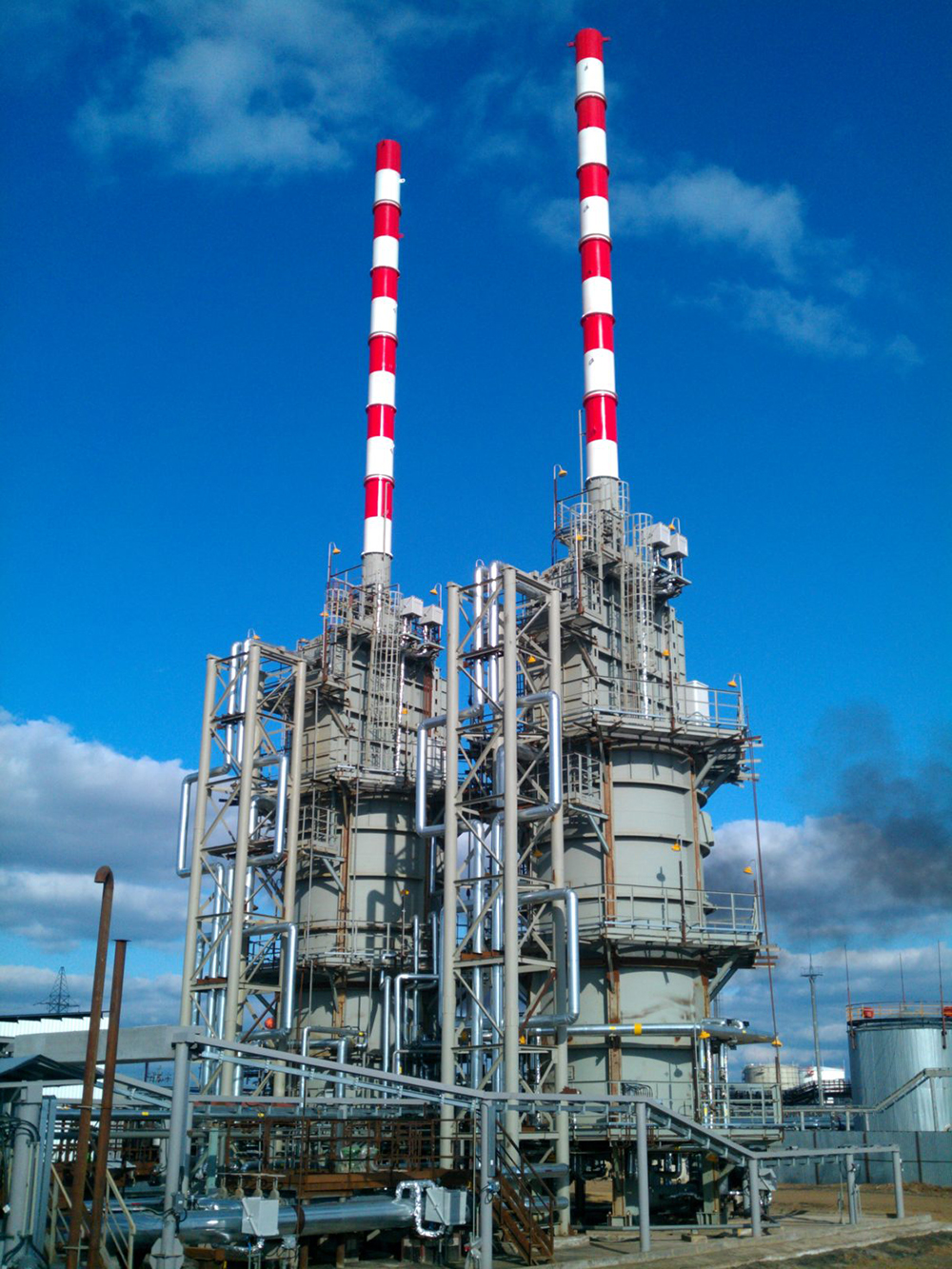
1. Combustion Air Preheating
Preheating air using exhaust gas heat significantly improves combustion efficiency and reduces fuel use—up to 20% savings in some cases. Systems like recuperators or regenerators are commonly used for this purpose.
2. Improved Furnace Insulation
Major heat losses occur through furnace walls and ceilings. Advanced insulation materials (e.g., ceramic fibers, lightweight firebricks) reduce these losses and enhance internal heat radiation. Regular inspection and repair of damaged insulation is essential for maintaining efficiency.
3. Burner Design and Upgrade
Burners with precise fuel-air ratio control and flame adjustment help achieve complete combustion. Low-NOx burners reduce both energy use and pollutant emissions and are increasingly used in modern furnaces.
4. Heat Recovery Systems
A large amount of heat is lost through flue gases. Devices such as economizers, gas-to-gas or steam heat exchangers can recover this energy to preheat air, water, or other process fluids—improving overall energy efficiency.
5. Precise Temperature and Process Control
Smart control systems and multi-point temperature sensors help maintain optimal combustion and avoid overheating or underheating, thereby reducing fuel use. These systems adjust fuel flow in real-time based on actual temperatures and residence time requirements.
Emerging Technologies in Furnace Energy Optimization
Advances in thermal and digital technologies in recent years have had a major impact on optimizing energy consumption in refinery furnaces. Some of the key innovations in this area include:
1. Automation and Smart Control Systems
Technologies like PLCs, DCS, and IoT-based controls enable real-time monitoring and adjustment of combustion, pressure, and airflow—minimizing human error and energy waste.
2. Advanced Refractory Materials
New refractory products resist heat, corrosion, and thermal shock better, reducing energy loss and extending service life. Innovations include low-density ceramic fibers, sintered composites, and multi-layer linings.
3. Nanotechnology in Heat Transfer
Nano-coatings enhance heat transfer, resist oxidation, and reduce thermal losses. Nanoparticle-based heat exchangers enable better energy recovery from flue gases.
Environmental Benefits of Energy Optimization
Optimizing furnace energy consumption drastically reduces environmental impact by lowering CO₂, SO₂, and NOₓ emissions. This is especially crucial for industries regulated by international environmental agencies. Using cleaner fuels and advanced technologies also supports sustainable development and global decarbonization goals.
Challenges in Energy Optimization
Despite its benefits, energy optimization faces several challenges:
1. High Initial Investment
Many optimization technologies (e.g., advanced burners, heat recovery units) require significant upfront capital. However, most offer payback periods of 1–3 years through fuel savings.
2. Lack of Technical Knowledge
Effective use of new technologies requires specialized knowledge. Without proper training, operators may underutilize systems or cause inefficiencies.
3. Technical Complexity
Systems with smart controls and recovery devices require careful design, periodic maintenance, and expert oversight. A preventive maintenance program is essential for long-term success.
Practical Strategies for Implementation
1. Energy Audits: Analytical evaluations of current energy use help identify losses, bottlenecks, and improvement opportunities—forming the basis of energy-saving strategies.
2. Online Monitoring Systems: Real-time tracking of fuel use, temperatures, combustion quality, and efficiency allows rapid decision-making and energy management.
3. Preventive Maintenance Programs: Scheduled inspections of burners, valves, insulation, and sensors prevent unexpected failures and efficiency loss.
4. Cost-Benefit Analysis: Every optimization initiative should include technical and economic evaluation to ensure appropriate return on investment and resource allocation.
Future Outlook
The future of industrial furnaces is being shaped by digitalization, sustainability, and energy innovation:
1. Shift Toward Renewable Energy: Ongoing research is exploring hydrogen, biogas, and syngas as alternatives to fossil fuels—aiming for cleaner and more sustainable operation.
2. Integration of Digital Technologies: Artificial intelligence, machine learning, and big data analytics enable predictive maintenance, real-time optimization, and improved energy use efficiency.
3. Next-Generation Furnace Design: Future furnaces will feature modular structures, compatibility with alternative energy sources, built-in recovery systems, and adaptive smart controls—delivering higher efficiency and lower environmental impact.
Also read: Standards for furnace equipment in the oil and gas industry
Conclusion
Optimizing energy use in industrial furnaces is essential for reducing costs, improving competitiveness, conserving resources, and achieving sustainable growth. This requires an integrated approach combining advanced technologies, engineering design, skilled workforce training, and smart energy management.
Despite the initial challenges of investment and complexity, implementing measures like heat recovery, air preheating, intelligent controls, and preventive maintenance can lead to significant fuel savings and performance improvements.
The future is clearly moving toward smart, automated, and clean-energy-based furnace systems. Companies that adapt to these changes will enjoy long-term strategic advantages in the global industrial landscape.

